Hernder Estate Wines
Hernder Winery is Open 7 days a week, year round!Tasting Wine
Why swish? While it was originally thought that certain regions on the tongue detected specific flavours, we now know this is not true.
The front and back of the tongue contain the taste buds and rather than specializing in a particular taste sensation, all taste buds are capable of detecting sweet, sour, bitter and salty flavours, although there may be some slight differences in sensitivity. So that you get the most out of your taste buds, when wine tasting, swish the wine around your mouth, which will allow all of your taste buds (and your sense of smell) to participate in the detection of the finer flavours of the wine.
Smell and Taste
Have you ever tried desperately to detect flavour from a food or beverage when you had a terrible cold? You probably tasted very little, if anything at all. Research indicates that 70 to 75% of what we taste is actually due to our sense of smell. Specialized “aroma” nerves in the nose are necessary to identify tastes more subtle than sweet, sour, bitter and salty. Smell and taste go hand-in-hand when wine tasting . . . without your sense of smell you would be unable to detect the delicate flavours of chocolate, herbs or smoke in your wine.
Wine Tasting Techniques
Wine tasting is not just like art, it is an art. While wine tasting can be subjective in nature, wine connoisseurs follow some general “guidelines” when judging a wine. It’s very easy to learn the techniques of wine tasting, and if you already enjoy wine, learning the nuances will simultaneously increase the pleasure you derive from tasting.
The three steps in wine tasting are: Look, Smell, and Taste.
Look
You can tell much about a wine simply by studying its appearance. The wine should be poured into a clear glass and held in front of a white background (a tablecloth or piece of paper will serve nicely) so that you can examine the colour.
The colour of wine varies tremendously, even within the same type of wine. For example, white wines are not actually white; they range from green to yellow to brown. More colour in a white wine usually indicates more flavour and age, although a brown wine may have gone bad. Where as time improves many red wines, it ruins most white wines. Red wines are not just red; they range from a pale red to a deep brown red, usually becoming lighter in colour as they age.
Rim colour: You can guess the age of a red wine by observing its “rim.” Tilt the glass slightly and look at the edge of the wine. A purple tint may indicate youth while orange to brown indicates maturity.
Swirling: Swirling the wine serves many purposes, but visually it allows you to observe the body of the wine. “Good legs” may indicate a thicker body and a higher alcohol content and/or sweetness level.
Smell
Swirl your wine. This releases molecules in the wine allowing you to smell the aroma, also called the bouquet or nose. The two main techniques that wine tasters use are:
1.) Take a quick whiff and formulate an initial impression, then take a second deeper whiff or
2.) Take only one deep whiff.
Either way, after you smell the wine, sit back and contemplate the aroma. Don’t try to “taste” the wine yet, concentrate only on what you smell.
It may be difficult to describe in words when you’re a novice, but after trying many wines you will notice similarities and differences. Sometimes a certain smell will be very strong with underlying hints of other smells. Take your time. By labelling an aroma you will probably remember it better. You may even want to keep a notebook of your impressions of wines, and save the labels; next time you see the wine you won’t have to purchase it to know if you like it . . . or you don’t!
Taste
The most important quality of a wine is its balance between sweetness and acidity. To get the full taste of a wine follow the following three steps:
1. Initial taste (or first impression): This is where the wine awakens your senses (your taste buds respond to sensations).
2. Taste: Slosh the wine around and draw in some air (even if you do look funny in front of your dinner guests). Examine the body and texture of the wine. Is it light or rich? Smooth or harsh?
3. Aftertaste: The taste that remains in your mouth after you have swallowed the wine. How long did the taste last? Was it pleasant?
After tasting the wine, take a moment to value its overall flavour and balance. Is the taste appropriate for that type of wine? If the wine is very dry, is it supposed to be?
Some serious wine connoisseurs assign a point score to a wine to determine its quality. While this method can be useful, it is in no way necessary to determine a quality wine. The more different wines you try, and the more attention you pay to each wine, the better you will become at ascertaining and describing each wine’s characteristics.
Serving Wine
While it may seem a trivial thing, serving wine correctly can add class to any occasion from a casual get-together with friends to a more formal wine and dinner party. Here are some things you should know about preparing, serving and pouring wine, and types of wine glasses suitable for the wines served.
Serving Temperatures
Wine Type °F °C
Sparkling Wine 42-54 6-10
Rosé Wine 48-54 9-12
White Wine 48-58 9-14
Sherry (Light) 48-58 9-14
Red Wine 57-68 13-20
Fortified Wine 57-68 13-20
Sherry (Dark) 57-68 13-20
Wine Serving Temperatures
The temperature at which a wine is served has an immense impact on its taste. Serving wine cool will mask some imperfections—good for young or cheap wine—while a warmer wine temperature allows expression of the wine’s characteristics—best with an older or more expensive wine.
A bottle of wine will cool 2 °C (4 °F) for every ten minutes in the refrigerator, and will warm at about this same rate when removed from the refrigerator and left at room temperature—the temperature of the room will affect the speed with which the wine warms up. If you need to chill a bottle of wine in a hurry, 35 minutes in the freezer will do the trick.
Decanting Wine
Decanting is pouring wine into a decorative container before serving. Decanting is typically only necessary for older wines or Ports, which contain sediment that can add bitterness to the wine. Wine decanters allow the wine to breathe and may improve the flavour of older red wines. Younger wines also benefit from the aeration and rest that decanting provides. But a wine decanter can also be used simply for aesthetic reasons.
Before decanting a wine that contains sediment let the bottle rest upright allowing any sediment to sink to the bottom. Then slowing pour the wine into the decanter keeping the bottle angled to prevent any sediment from making its way into the wine decanter. The wine can be poured through cheesecloth to help filter out any wayward particles. Decanting wine should be done out of the guests’ sight.
Pouring Wine
Still wines should be poured towards the centre of the glass, while sparkling wines should be poured against the side to preserve bubbles. To control drips, twist the bottle slightly as you tilt it upright.
When pouring wine, fill the glass no more than two-thirds (about 5-6 oz). This will allow your guests to swirl the wine, smell the bouquet and check out the wine’s “legs.” A glass can always be refilled if desired. At a dinner party, serve wine to the women and older guests first, then the men and end with your own glass.
Wine Glasses
As important as wine serving temperatures is the type of wine glasses in which wines are served. The shape of a wine glass can impact the taste of the wine, and for this reason different types of wine are served in different glasses.
The three main types of wine glasses are:
• White wine glasses: tulip shaped
• Red wine glasses: more rounded and have a larger bowl
• Sparkling wine flutes: tall and thin.
A suitable all-purpose wine glass should hold 10 oz, be transparent to allow the taster to examine the colour of the wine and its body, and have a slight curve in at the top to hold in the bouquet. While an all-purpose wine glass is fine for serving a red wine, do not serve a white wine in a red wine glass.
Etiquette for Wine Drinking, Tasting and Serving
Whether at a private wine tasting or at a vineyard, the rules of etiquette for wine drinking and tasting are the same. The following are some tips that will make you seem like a pro at your next wine tasting . . . host or guest.
For the Host
Serving Order At a dinner party women and older guests should be served first, then men, then the host.
Body Count Invite only the number of tasters that can fit comfortably in your home (or other venue). A crowd around the tasting table can be intimidating and guests should not feel rushed when pouring a glass of wine.
Water For those guests that get thirsty have bottled water on hand; also good for those that want to rinse their mouths between wines. A pitcher of water for rinsing glasses between tastings is recommended . . . and remember to have something into which your guest can discard their rinse water.
Food and Wine Unsalted water crackers or unflavoured French bread should be provided for palate cleansing during the tasting. If you want to provide something more substantial, the rules of etiquette for wine drinking say that nothing stronger than a lightly salted mozzarella is appropriate. Save the stronger foods for after the wine tasting.
For the Guest
Handling a Wine Glass The proper way to hold any style of wine glass is by the stem. This keeps fingerprints off the bowl and keeps your hand from heating the wine.
Perfume and Cologne Avoid wearing scent to a wine tasting affair. This includes perfumes, colognes, after-shaves, and scented hair spray or gel.
Lighting Up Smoking at or just before a wine tasting will affect the taste of your wines. The smoke and odour of cigarettes or cigars not only interferes with the enjoyment of the taste and smell of the wines, it can be irritating to other guests, both smokers and non-smokers.
Mints and Gum Bubble gum, chewing gum and breath mints will alter the taste of wine. Be sure to rinse your mouth well with water before beginning a tasting.
Comments If you have negative comments about a wine, keep them to yourself, particularly when at a vineyard tasting room
Wine Tasting Venues
Tasting venues range from the casual, private wine tasting party with friends to the day trip to a local vineyard to formal wine tasting dinners.
Wine Tasting Parties
In addition to ensuring that you have enough wine, glasses, water and other necessities, it is important to consider the environment. Guests should be comfortable, this means enough seating, and not be bothered by annoying odours or insects. Avoid using incense or strong deodorizers, or even citronella candles, during or prior to a wine tasting.
Wine tastings can either be done blind or with full knowledge. In a blind wine tasting each of the wines is concealed in a bag and identified only by a number until the end of the tasting. This tends to result in less bias . . . and it’s also fun to see if you can guess the wine.
Wine Tasting Dinners A formal or semi formal dinner can follow a private wine tasting in your home, but most often wine tasting dinners are held at restaurants or vineyards. Prices range from very reasonable to quite costly. This is an excellent time to learn about paring food and wine from appetizer to dessert. Some dinners will pair food and wine along a theme, for instance, a selection of Australian wines to accompany authentic Australian cuisine.
Wine tasting dinners typically require a reservation. Call the restaurant or winery well in advance to make a reservation and verify dress.
Wine Tasting at Vineyards
Most vineyards have tasting rooms so visitors can sample their wines after a tour of the grounds. One important thing to remember about participating in a tasting at a vineyard is that the main function of providing a tasting room to visitors is to sell wine.
Many vineyards will also offer private wine tasting parties or dinners and are available for events such as weddings, birthdays and other special occasions

Shop Hernder Wines 24/7 Online
-
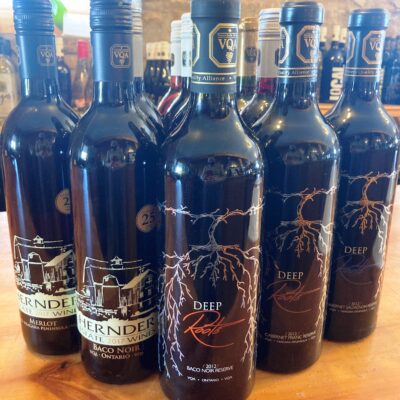
12 REDS
$200.15 -
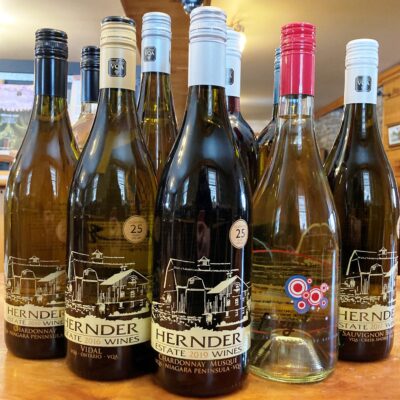
12 WHITES
$150.20 -
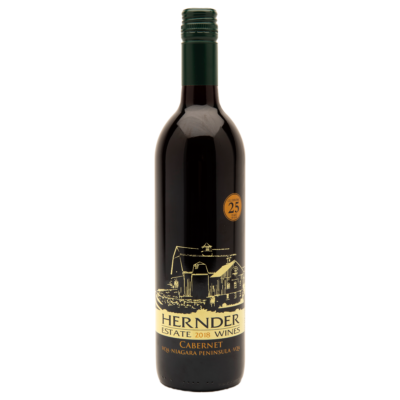
2018 Cabernet
$15.15 -
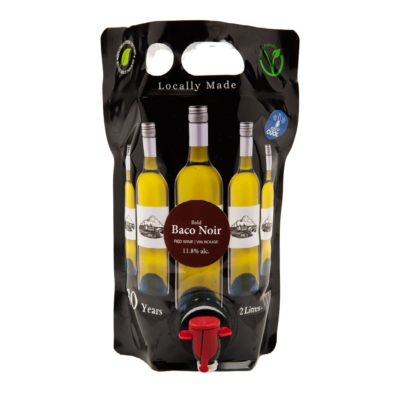
2L Baco Noir in a bag
$20.55 -
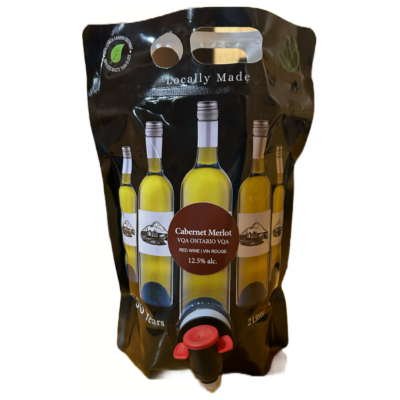
2L Cab Merlot
$25.20 -
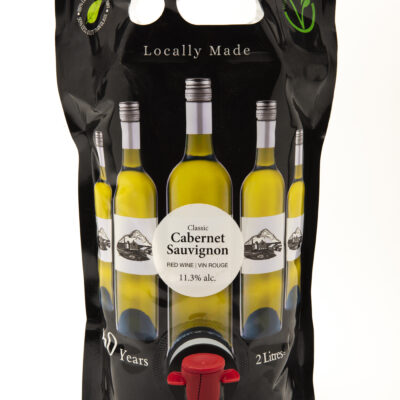
2L Cab Sauvignon in a bag
$25.20 -
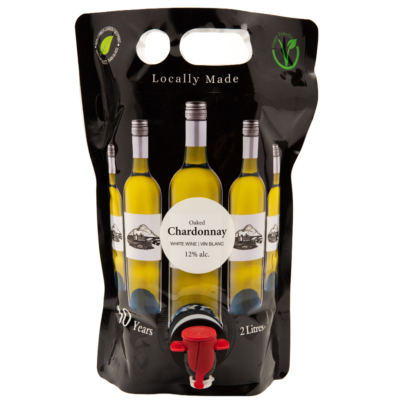
2L Chardonnay in a Bag
$20.55 -
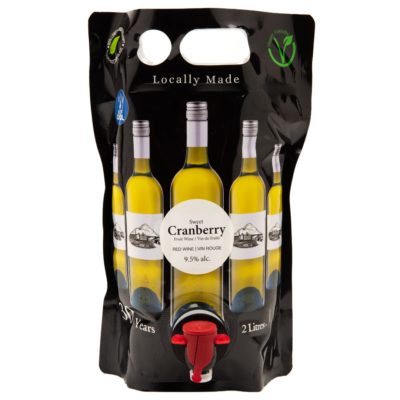
2L Cranberry in a bag
$25.20 -
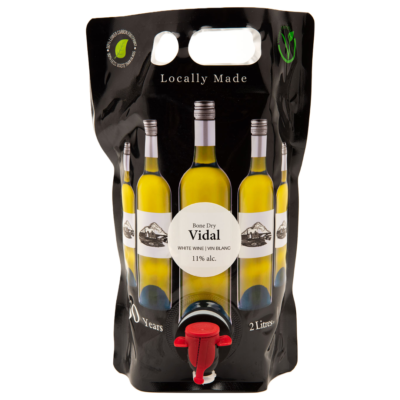
2L Dry Vidal in a Bag
$20.55 -
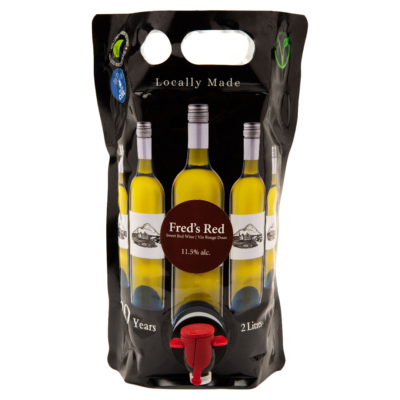
2L Freds Red in a Bag (sweet)
$20.55 -
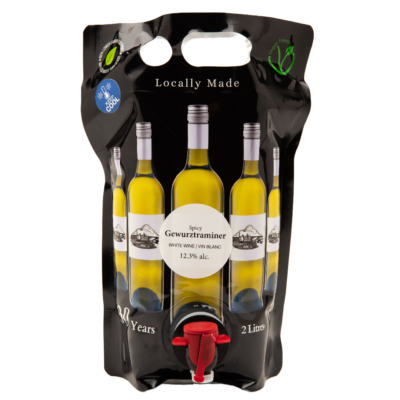
2L Gewurztraminer in a bag
$25.20 -
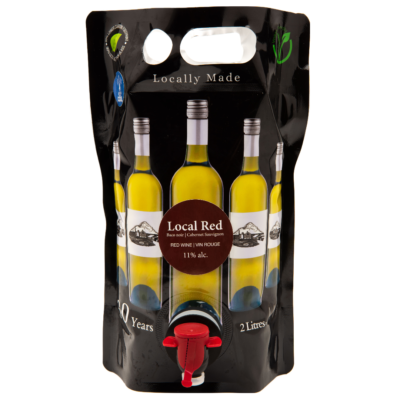
2L LOCAL Red in a bag
$20.55

